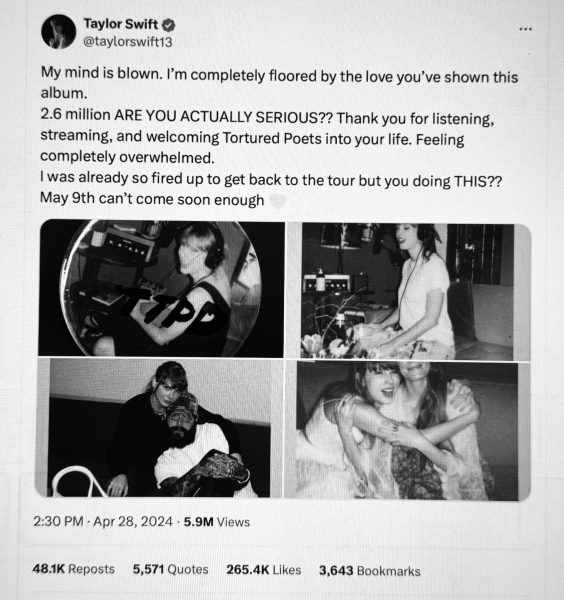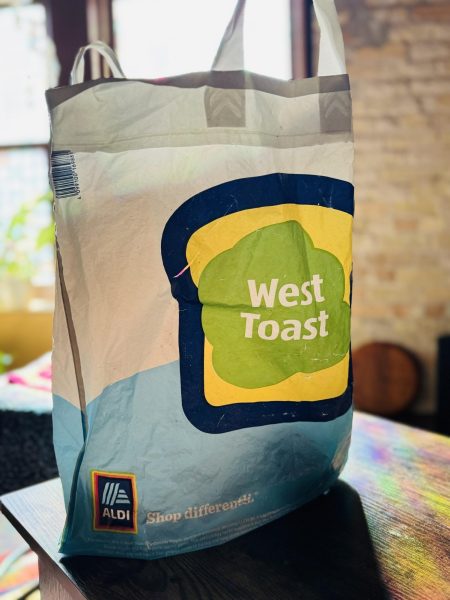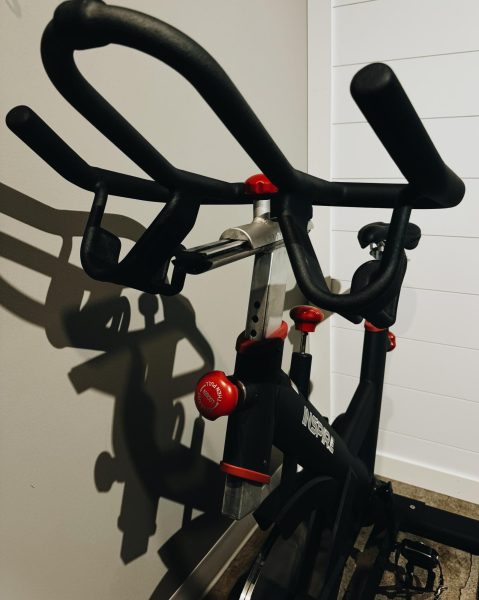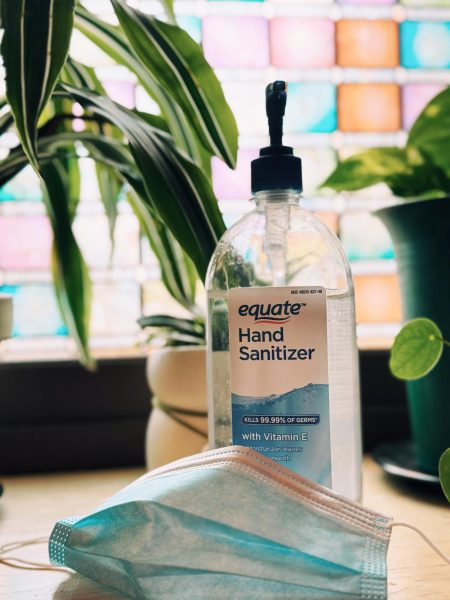Clothing made in sweatshops a looming concern
I love shopping for clothes. If I need a sweater, a pair of shorts or a pack of socks, I know department stores are there to rescue me.
The last couple days, though, I’ve been thinking about some of my favorite department stores. More importantly, I wanted to know more about who makes them.
Shops such as Wal-Mart and even good-old J.C. Penney have been scrutinized over the years for their over-use of sweatshops. It’s been said some other major U.S. companies, and also European companies, have denied such accusations.
Being the detective I am, I decided to use some sleuthing skills to look into just how much of this was true.
My findings were overwhelmingly heart breaking. An article from the Harvard Law School published just over a year ago reports that, an estimated 16,000 children are employed for these global giants.
You may be asking yourself why does this matter. One-hundred and fifty children who worked for Wal-Mart’s sweatshop in Bangladesh are working seven days a week and as long as 19-20 hour shifts. The fact of the matter is that these kids, often come from poverty-stricken areas. Working for these companies is usually one of the only forms of income they receive.
Other heartbreaking news comes from the fact that the 6.5 cents per hour they make isn’t even enough to cover fabric costs, let alone feed their families.
A story I read about one of these child workers in a Washington Post article said he started his days at 5 a.m. and often slept on the floor at the factory. The young boy couldn’t walk home and be back in time for work if he left.
The reality is statistics and the facts about the conditions of these factories should move us. They should show us that it’s important to care where we shop. But too often, we choose to ignore these types of realities. We choose the jeans for $12 dollars over researching what some better store options may be.
My opinion is we should take the time to think about working conditions, and the lives of the children who work hard for the sake of a T-shirt.
One of the best things we can do is be advocates for change. There is a non-profit organization called the Institute for Global Labor and Human Rights. Its job?
First fighting to end child workers in these garment factories. Second, running campaigns that shed some light on the conditions do some of these establishments endorsed by major companies.
So my challenge to you readers is this: Take time to think critically about where you choose your clothes.
Chances are they were made by someone who really could benefit from your help.
Amina Chinell-Mateen is a staff writer for The Dakota Student. She can be reached at [email protected]











